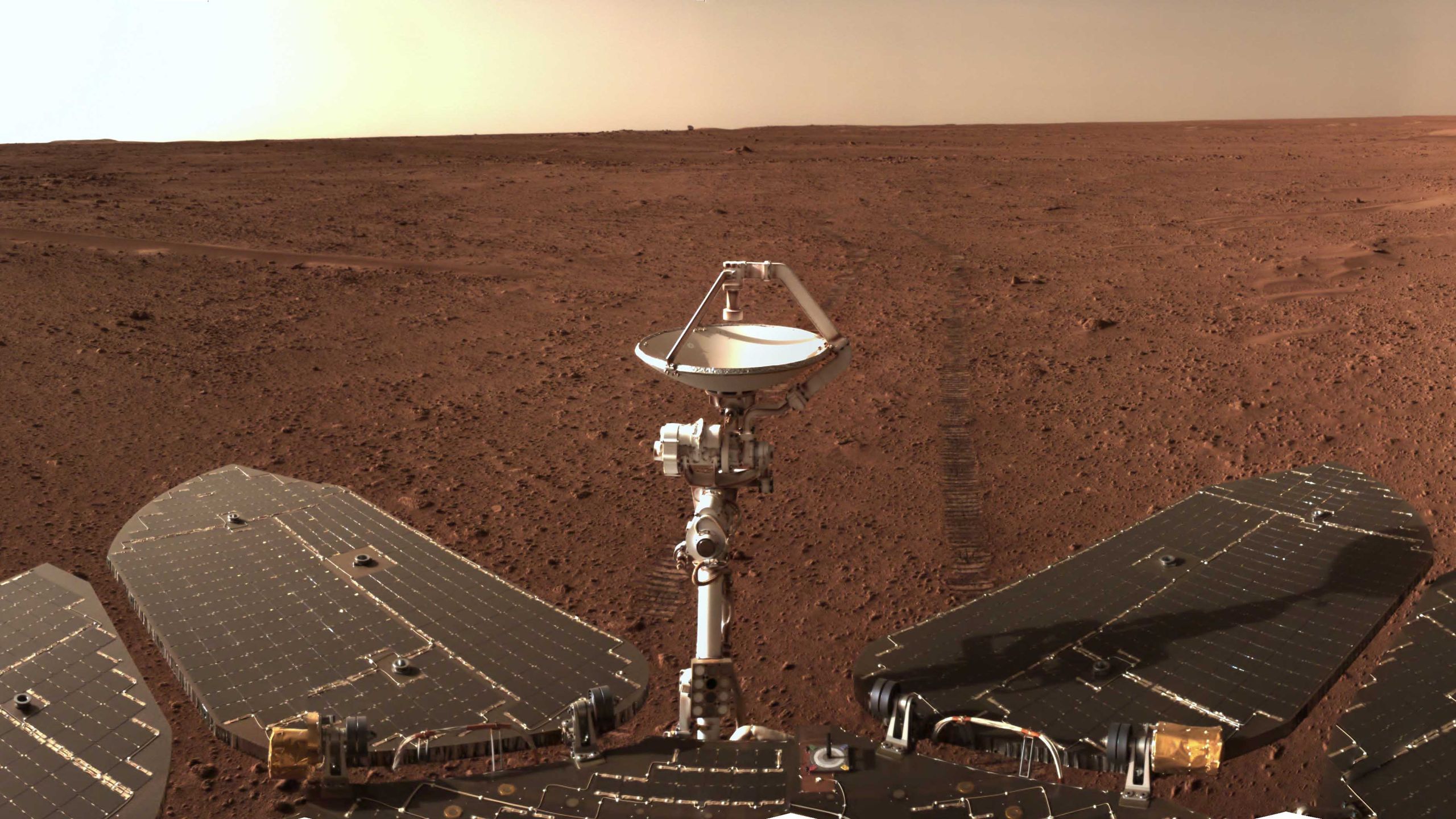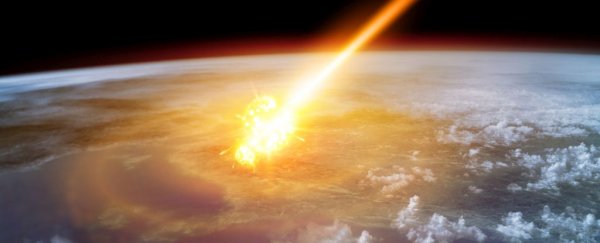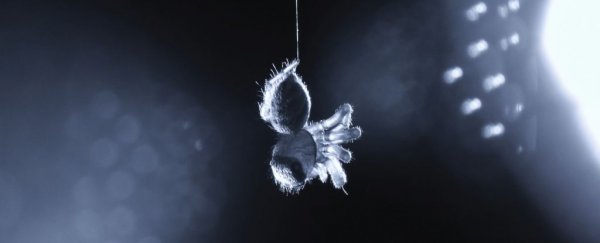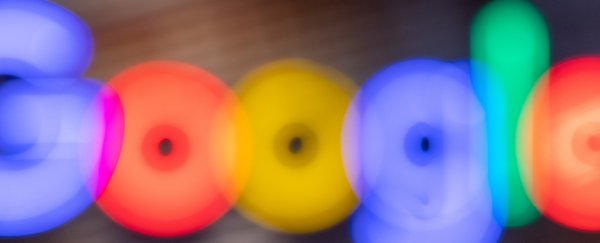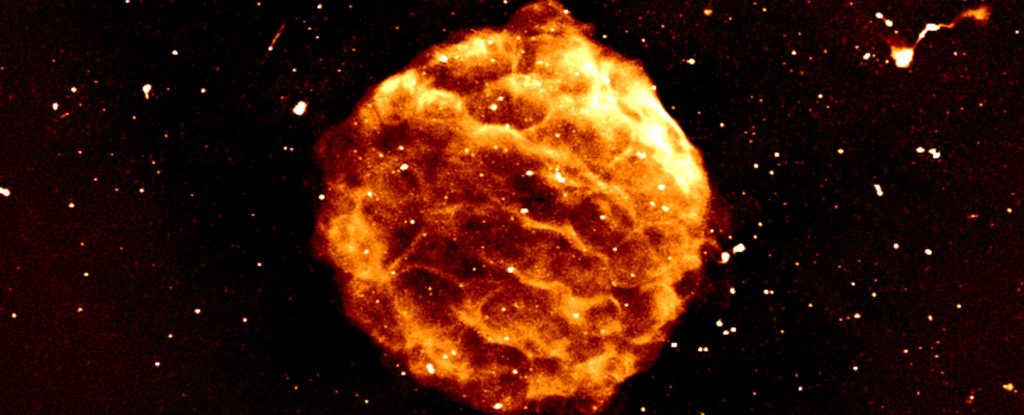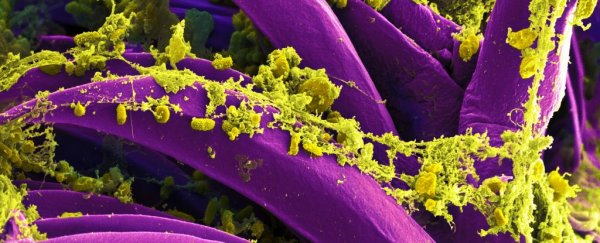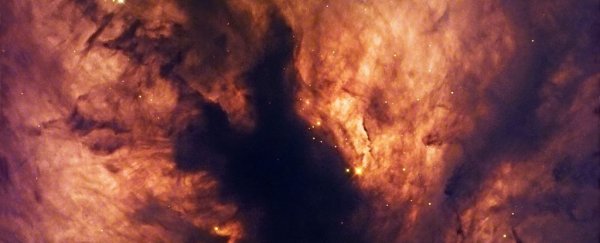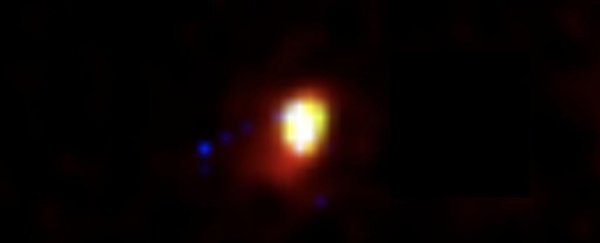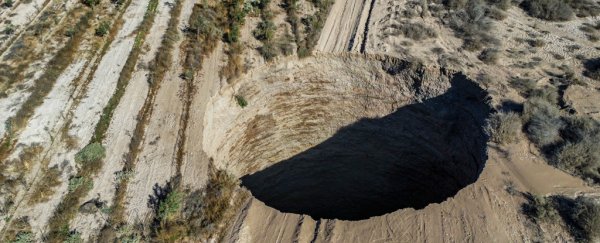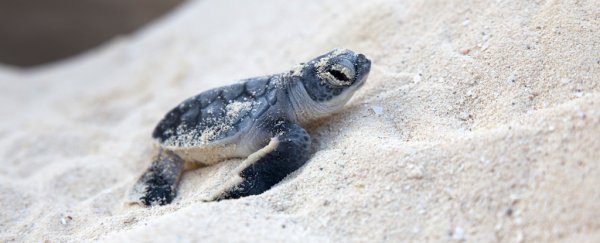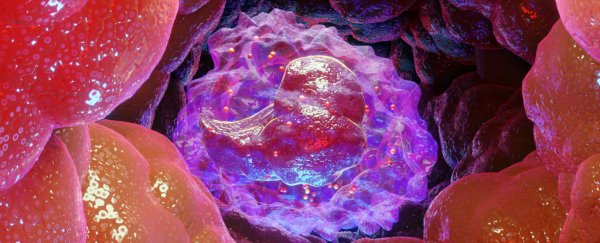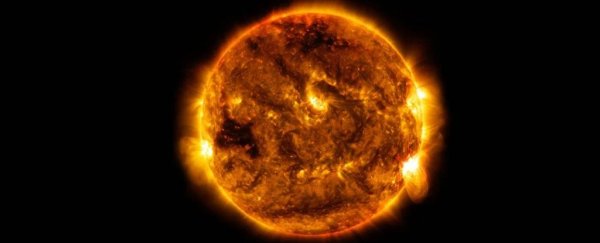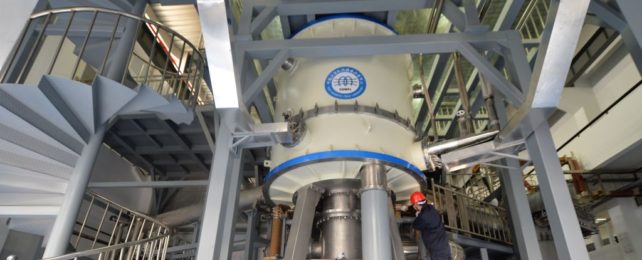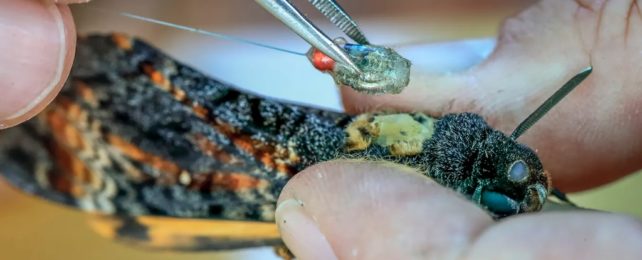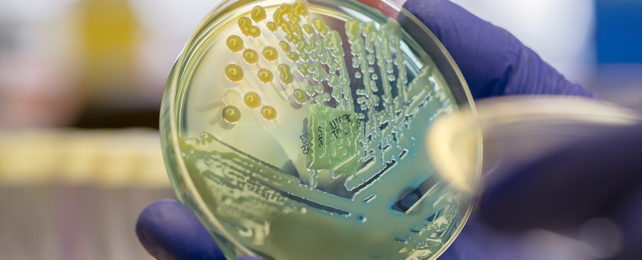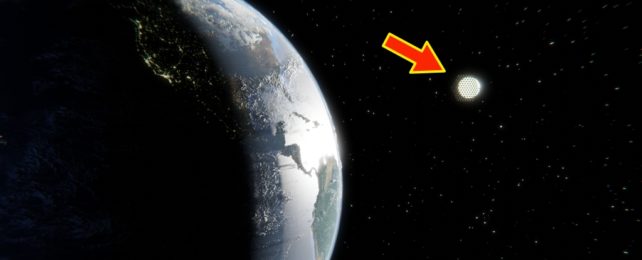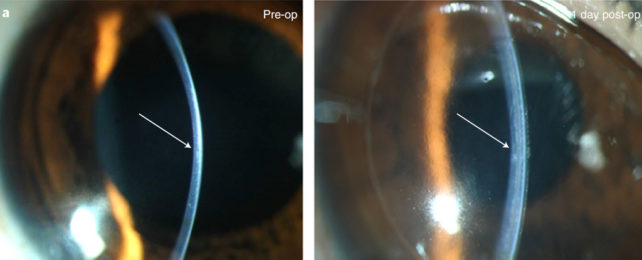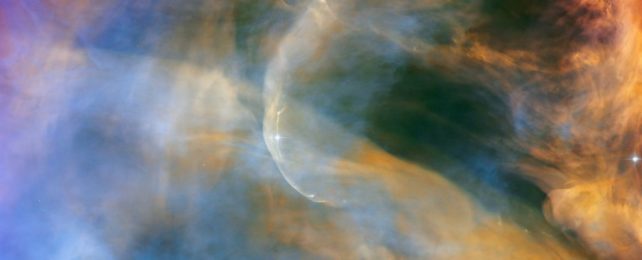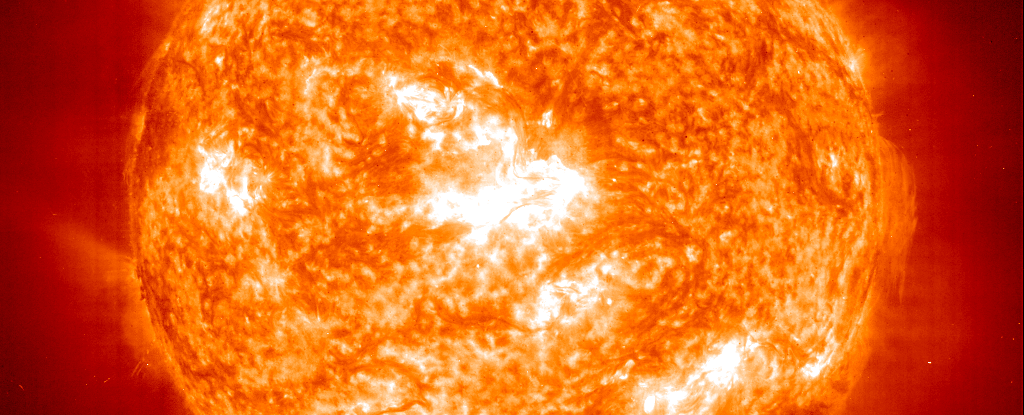150,000 Qubits Printed on a Chip
New silicon spin qubits also emit telecom-band light
CHARLES Q. CHOI 14 JUL 2022 4 MIN READ
Quantum computers can theoretically solve problems no classical computer ever could, but only if they possess many components known as qubits. Now scientists have fabricated more than 150,000 silicon-based qubits on a chip that they may be able to link together with light.

spectrum.ieee.org
The data revealed the first optical observation of spins in silicon. Two-laser scans of a single spin reveal signature spin-split central peaks; here the experimental data is visualized as an extruded mosaic. SIMON FRASER UNIVERSITY
Quantum computers can theoretically solve problems no classical computer ever could—even given billions of years—but only if they possess many components known as qubits. Now scientists have fabricated more than 150,000 silicon-based qubits on a chip that they may be able to link together with light, to help form powerful quantum computers connected by a quantum Internet.
Classical computers switch transistors either on or off to represent data as ones or zeroes. In contrast, quantum computers use quantum bits, also known as qubits. Because of the surreal nature of quantum physics, qubits can exist in a state called superposition, in which they are essentially both 1 and 0 at the same time. This phenomenon lets each qubit perform two calculations at once. The more qubits are quantum mechanically linked, or
entangled (see our explainer), within a quantum computer, the greater its computational power can grow, in an exponential fashion.
Currently quantum computers are
noisy intermediate-scale quantum (NISQ) platforms, meaning their qubits number up to a few hundred at most. To prove useful for practical applications, future quantum computers will likely need thousands of qubits to help compensate for
errors.
There are many different types of qubits under development, such as
superconducting circuits,
electromagnetically trapped ions, and even
frozen neon. Recently scientists have discovered that so-called spin qubits manufactured in silicon may prove especially promising for quantum computing.
“Silicon spins are some of nature’s very best natural qubits,” says study cosenior author
Stephanie Simmons, a quantum engineer at Simon Fraser University in Burnaby, B.C., Canada.

spectrum.ieee.org


